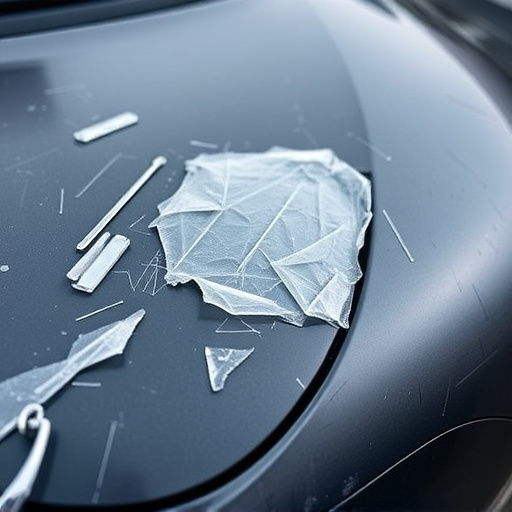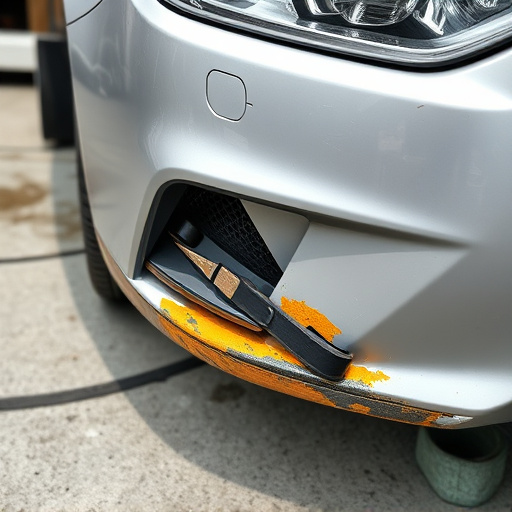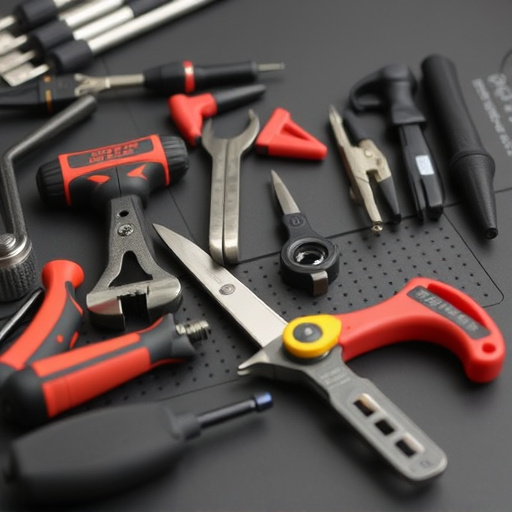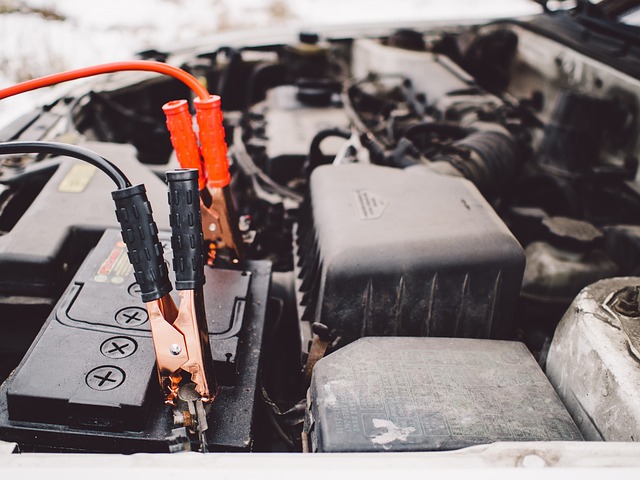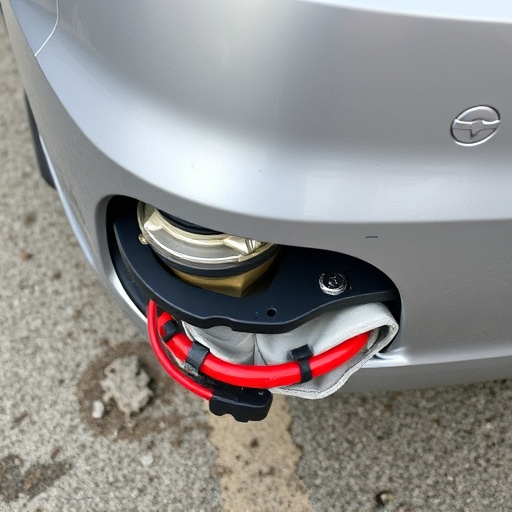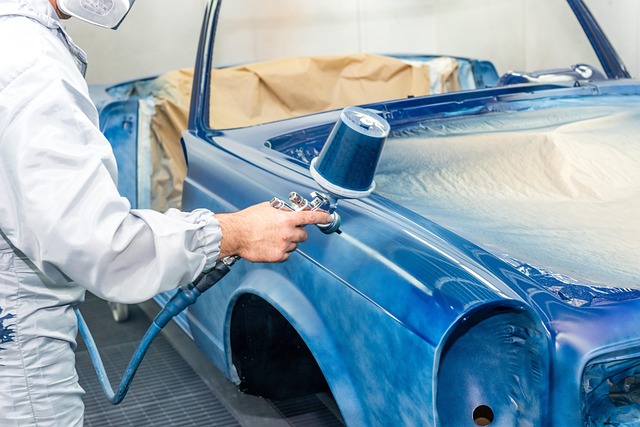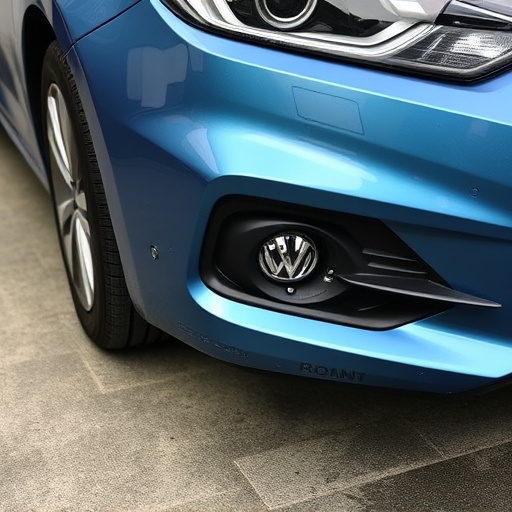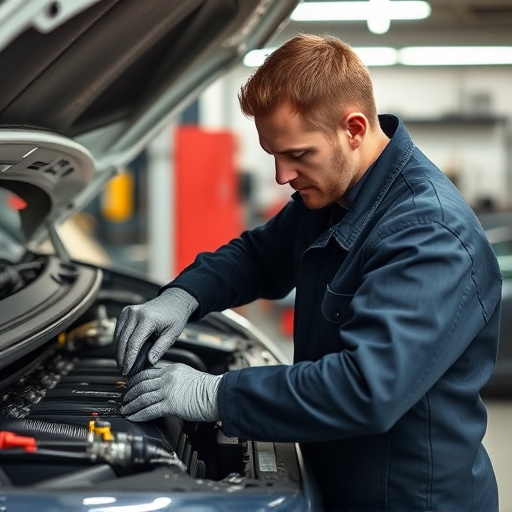Quality frame machine repair ensures visible defects like misaligned panels and uneven paint are absent. Using inferior materials can cause long-term issues while functional testing detects subtle performance problems, emphasizing the importance of meticulous attention to detail and material compatibility for reliable results.
When it comes to frame machine repair, identifying signs of poor workmanship is crucial for ensuring long-lasting results. This comprehensive guide delves into the critical areas to inspect, from visual defects that may be glaringly obvious to subtler issues requiring closer examination. We explore material quality and compatibility, emphasizing the importance of using authorized parts. Additionally, we provide insights on functional testing to assess performance, guaranteeing a robust repair job that stands the test of time.
- Visual Inspection: Spotting Visible Defects
- Material Quality and Compatibility
- Functional Testing: Assessing Performance Issues
Visual Inspection: Spotting Visible Defects
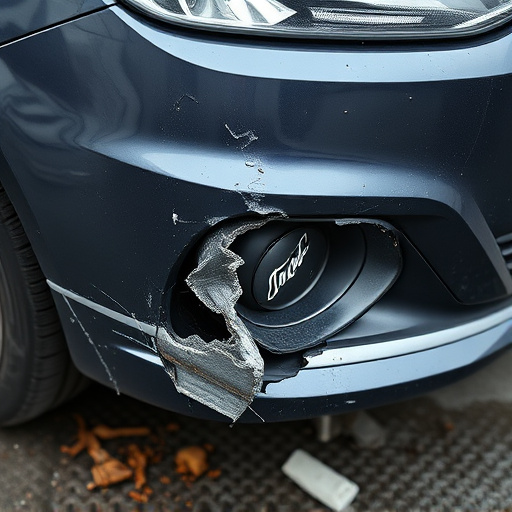
During a visual inspection of a frame machine repair, one of the most immediate ways to assess quality is by spotting visible defects. These can include misaligned panels, uneven paint jobs, and noticeable gaps or overlaps in welds. In the realm of automotive repair, especially for services like paintless dent repair, a meticulous eye for detail is crucial. Unskilled technicians might leave behind unsightly signs of their work, such as mismatched color tones or haphazard repairs that fail to blend seamlessly with the rest of the vehicle.
Auto repair services that prioritize quality will often reveal a framework meticulously aligned and secured, with consistent finishes that don’t divert from the original auto body standards. This meticulousness is also evident in the absence of visible signs of over-correction or excessive force applied during repairs, which can be indicative of rushed or subpar work. For frame machine repair specifically, these visual cues are paramount to ensuring structural integrity and a seamless driving experience.
Material Quality and Compatibility
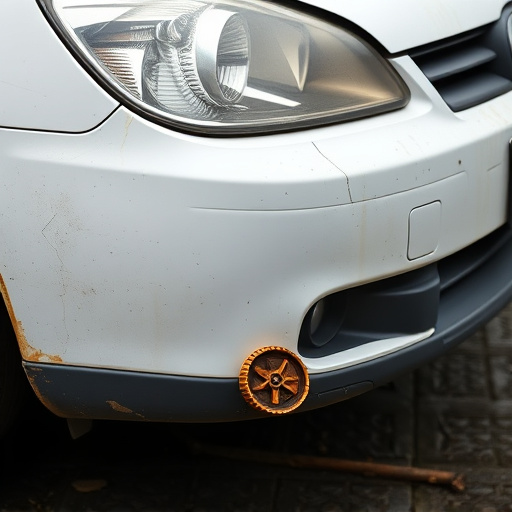
When it comes to frame machine repair, one of the clearest indicators of poor workmanship is the quality and compatibility of materials used. In an automotive body shop, subpar materials can lead to structural weaknesses and unsightly finishes. For instance, using inferior metal in a car body repair might result in dents that don’t fully disappear or rust spots that reappear over time. These issues not only compromise the vehicle’s structural integrity but also reflect poorly on the quality of work performed.
In frame machine repair, ensuring compatibility is equally crucial. Using components from different manufacturers or those not designed for specific vehicle models can lead to misalignments and poor performance. An inexperienced mechanic might overlook these details, leading to long-term problems such as handling issues or uneven paint jobs in the case of car body repair. Therefore, paying attention to material quality and compatibility is paramount to achieving reliable and lasting results in any automotive repair, whether it’s a frame machine repair or comprehensive vehicle repair services.
Functional Testing: Assessing Performance Issues
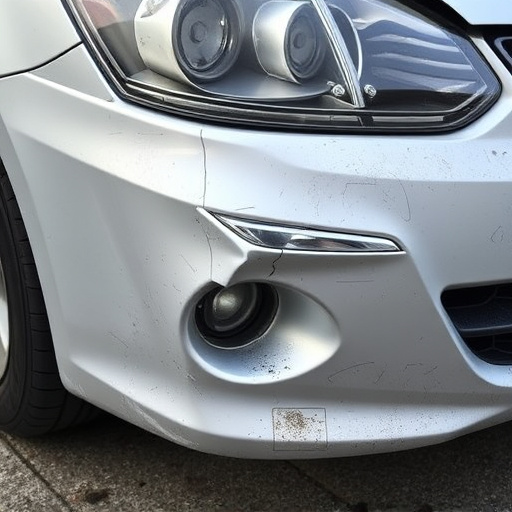
Functional testing is a crucial step in evaluating the quality of frame machine repair services. After the initial assessment and parts replacement, the true test lies in ensuring the machine functions as intended. This involves simulating real-world scenarios to identify any performance issues. For instance, applying force to joints, checking for smooth operation, and verifying structural integrity during stress tests are essential practices. By doing so, auto body repair experts can uncover subtle defects that might go unnoticed without thorough testing.
A reliable auto repair shop should have the necessary equipment to conduct these tests accurately, ensuring every component is in optimal condition. This includes checks on key systems such as brakes, suspension, and steering mechanisms. Moreover, functional testing goes beyond basic performance; it also considers safety standards and regulatory compliance, which are paramount in the auto repair industry, especially when dealing with dent removal procedures.
When it comes to frame machine repair, identifying signs of poor workmanship is crucial for ensuring long-lasting results. By conducting thorough visual inspections, examining material quality and compatibility, and performing functional testing, you can spot potential issues before they impact the overall performance of the machine. These steps are vital for maintaining a robust and reliable frame machine repair process, ultimately saving time and resources in the long run.

